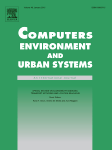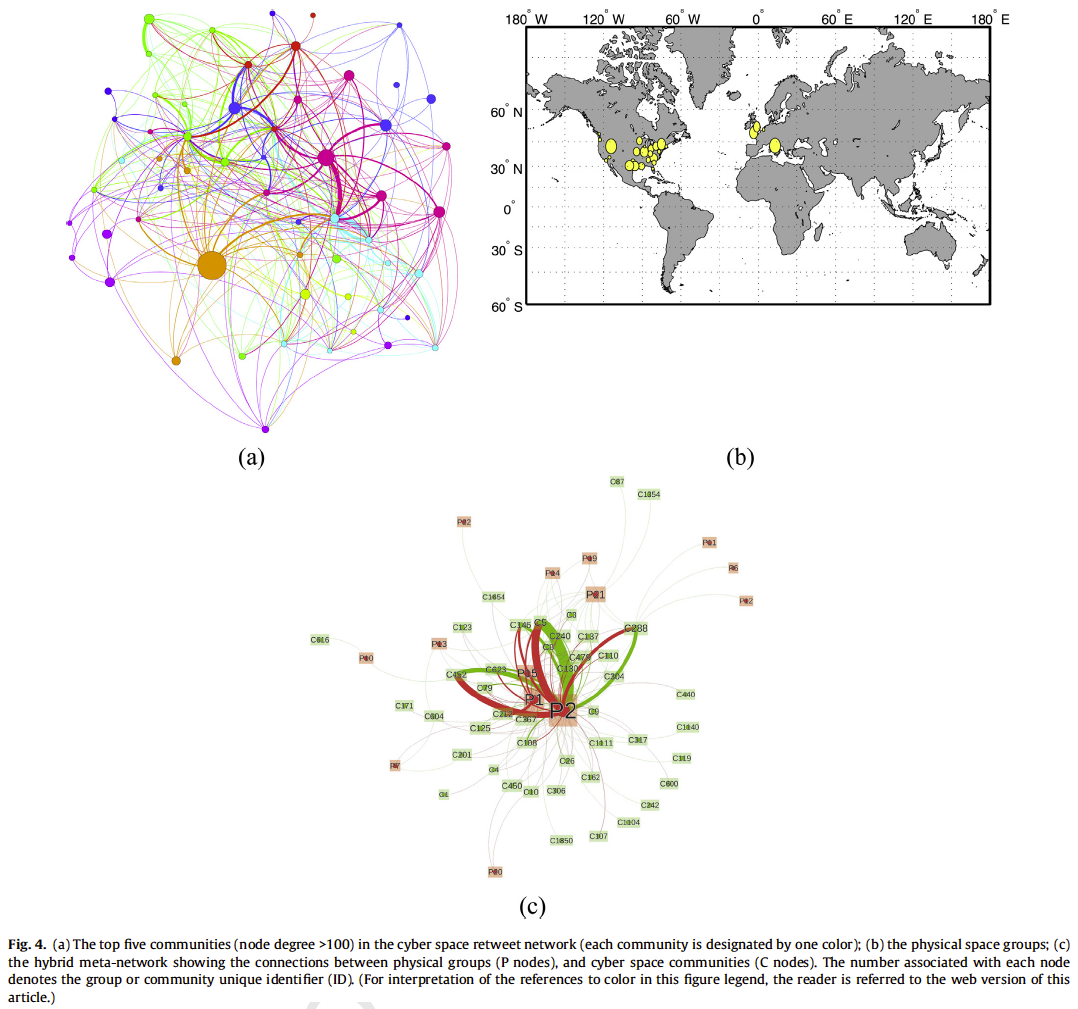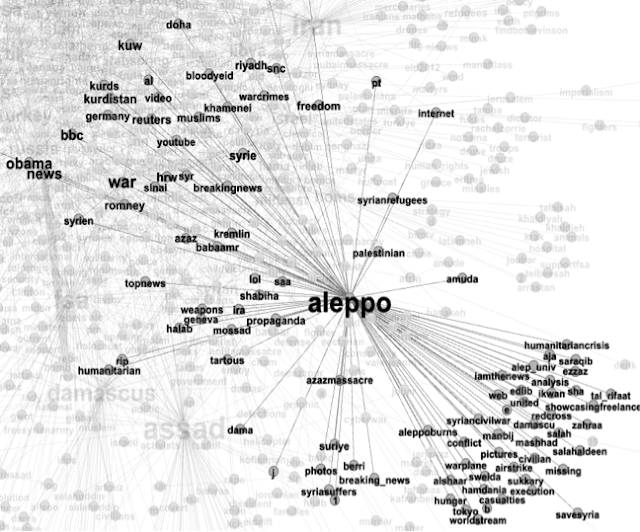
Measles Vaccination Narrative in Twitter
 |
| A summary of our approach |
Background: The emergence of social media is providing an alternative avenue for information exchange and opinion formation on health-related issues. Collective discourse in such media leads to the formation of a complex narrative, conveying public views and perceptions.
Objective: This paper presents a study of Twitter narrative regarding vaccination in the aftermath of the 2015 measles outbreak, both in terms of its cyber and physical characteristics. The contributions of this work are the analysis of the data for this particular study, as well as presenting a quantitative interdisciplinary approach to analyze such open-source data in the context of health narratives.
Methods: 669,136 tweets were collected in the period February 1 through March 9, 2015 referring to vaccination. These tweets were analyzed to identify key terms, connections among such terms, retweet patterns, the structure of the narrative, and connections to the geographical space.
Results: The data analysis captures the anatomy of the themes and relations that make up the discussion about vaccination in Twitter. The results highlight the higher impact of stories contributed by news organizations compared to direct tweets by health organizations in communicating health-related information. They also capture the structure of the anti-vaccination narrative and its terms of reference. Analysis also revealed the relationship between community engagement in Twitter and state policies regarding child vaccination. Residents of Vermont and Oregon, the two states with the highest rates of non-medical exemption from school-entry vaccines nationwide, are leading the social media discussion in terms of participation.
Conclusions: The interdisciplinary study of health-related debates in social media across the cyber-physical debate nexus leads to a greater understanding of public concerns, views, and responses to health-related issues. Further coalescing such capabilities shows promise towards advancing health communication, supporting the design of more effective strategies that take into account the complex and evolving public views of health issues.
 |
| Global distribution of tweets in our data corpus |
Radzikowski, J., Stefanidis, A., Jacobsen K.H., Croitoru, A., Crooks, A.T. and Delamater, P.L. (2016). “The Measles Vaccination Narrative in Twitter: A Quantitative Analysis”, JMIR Public Health and Surveillance, 2(1):e1.
 |
| Hashtag associations: clustering based on co-occurrences of hashtags in individual tweets |














































